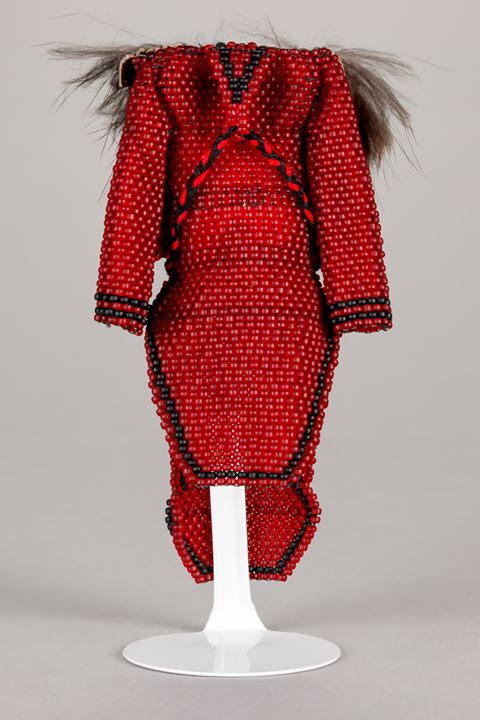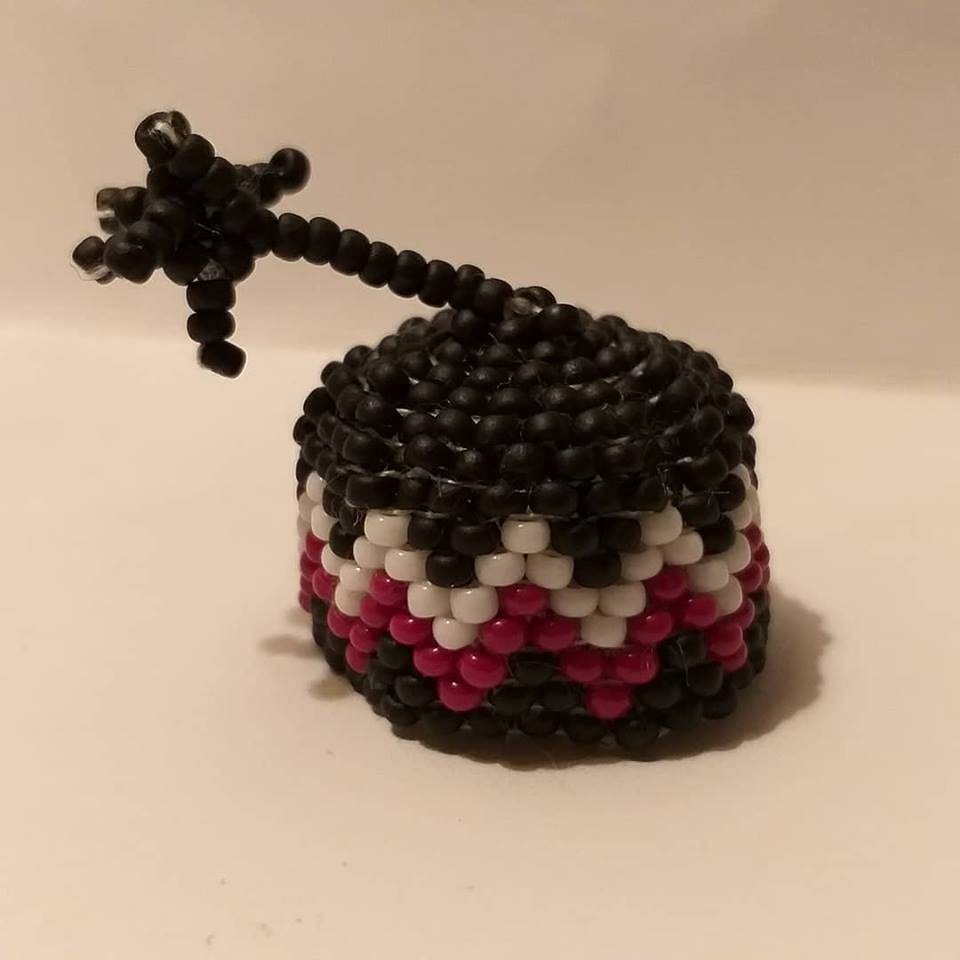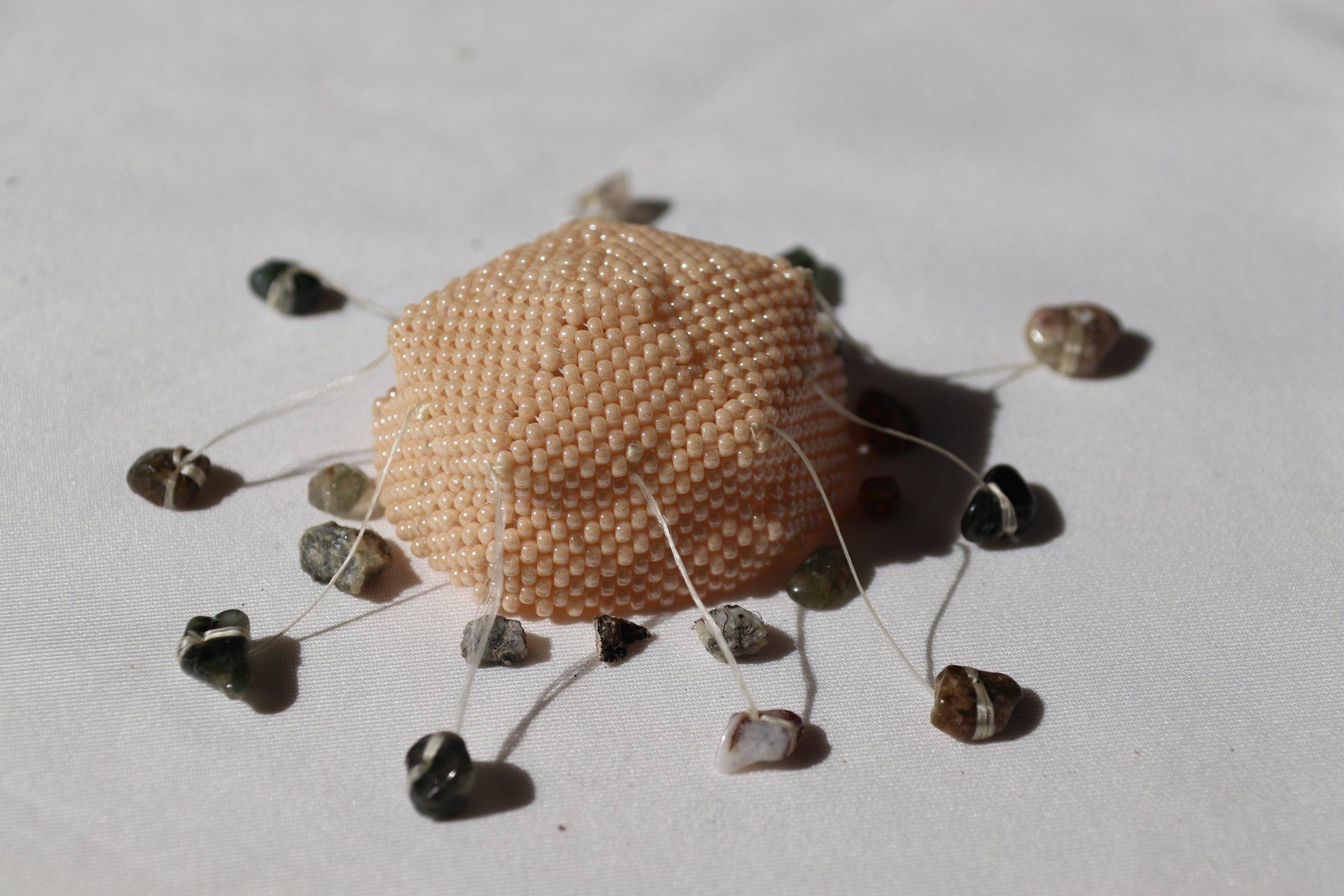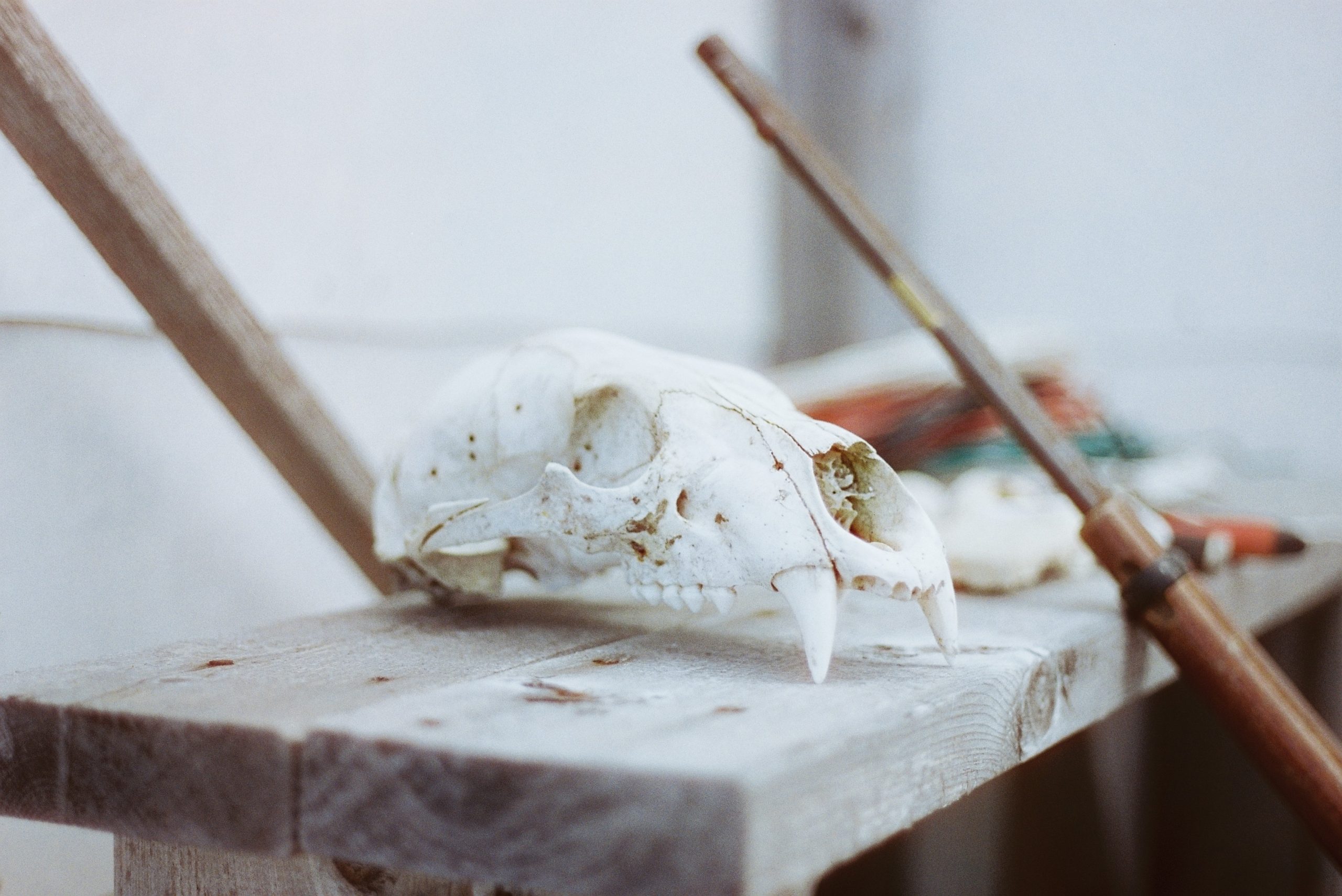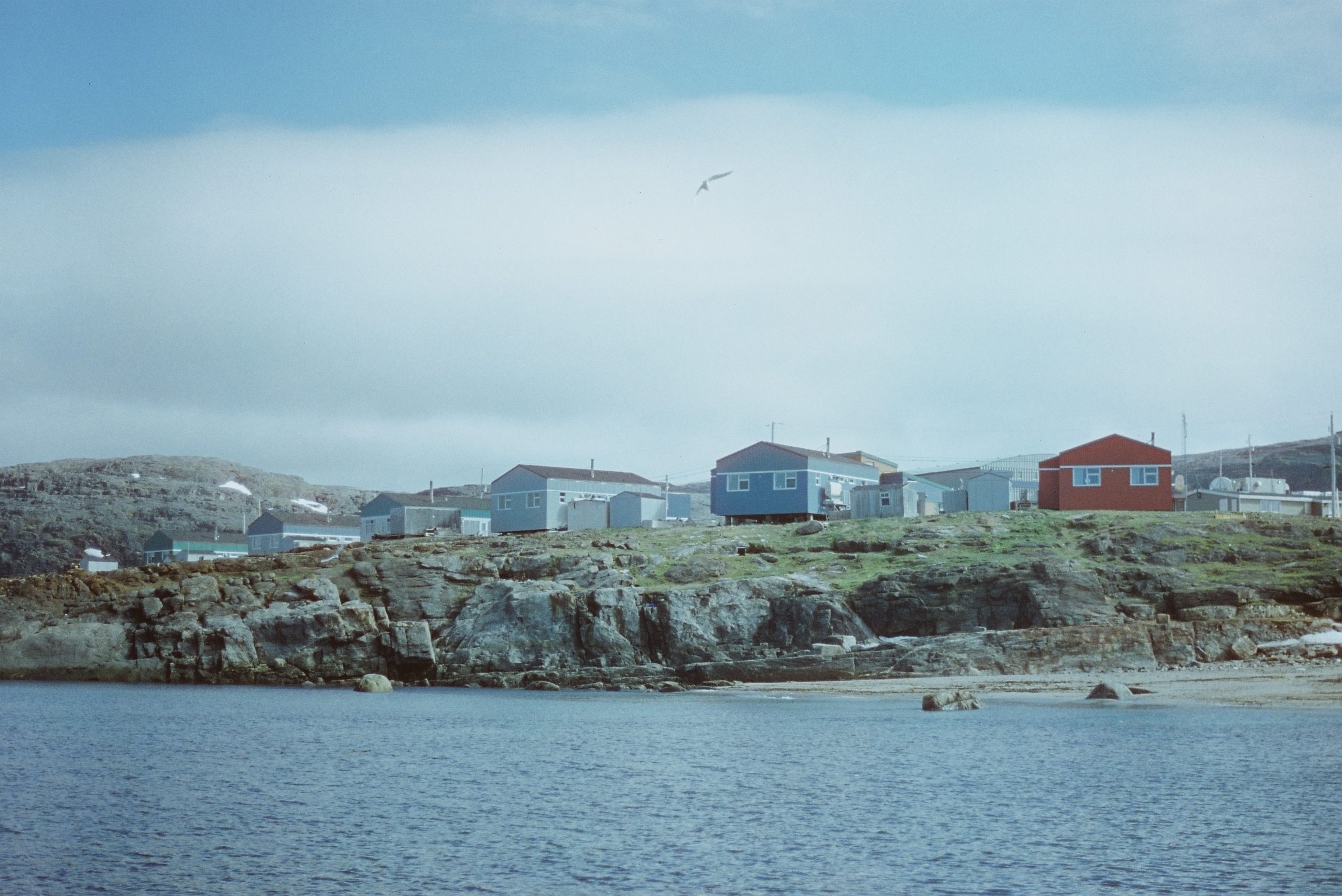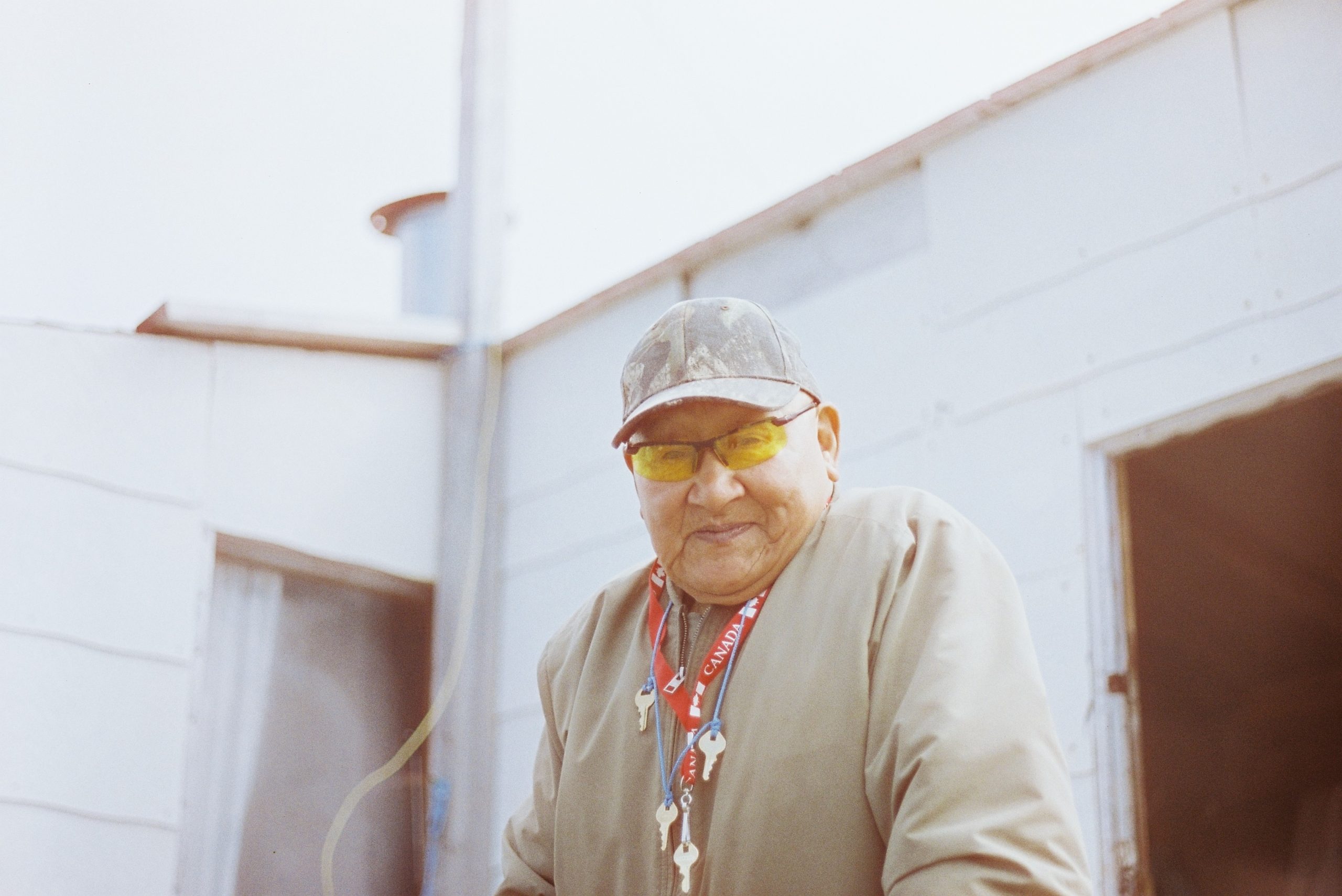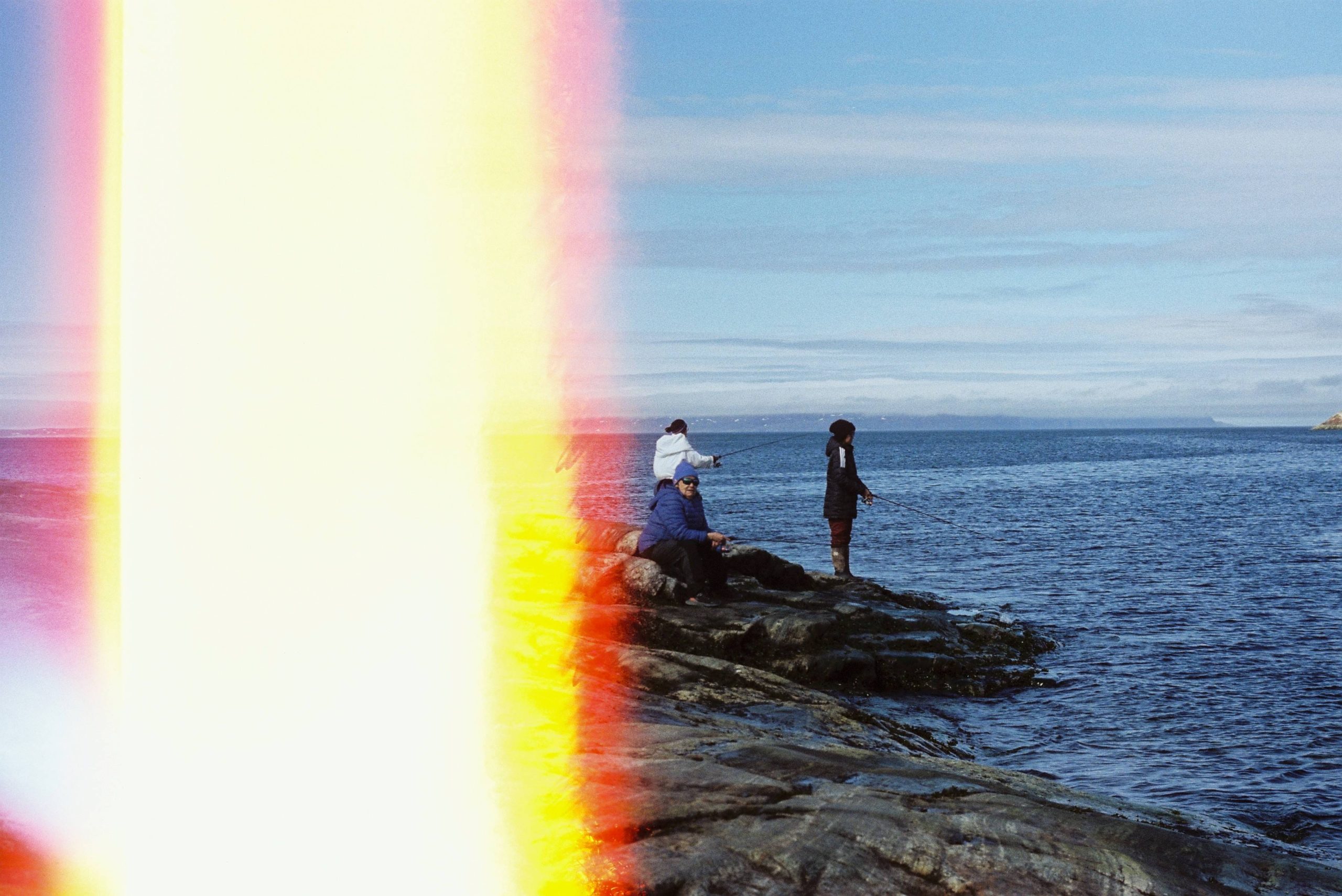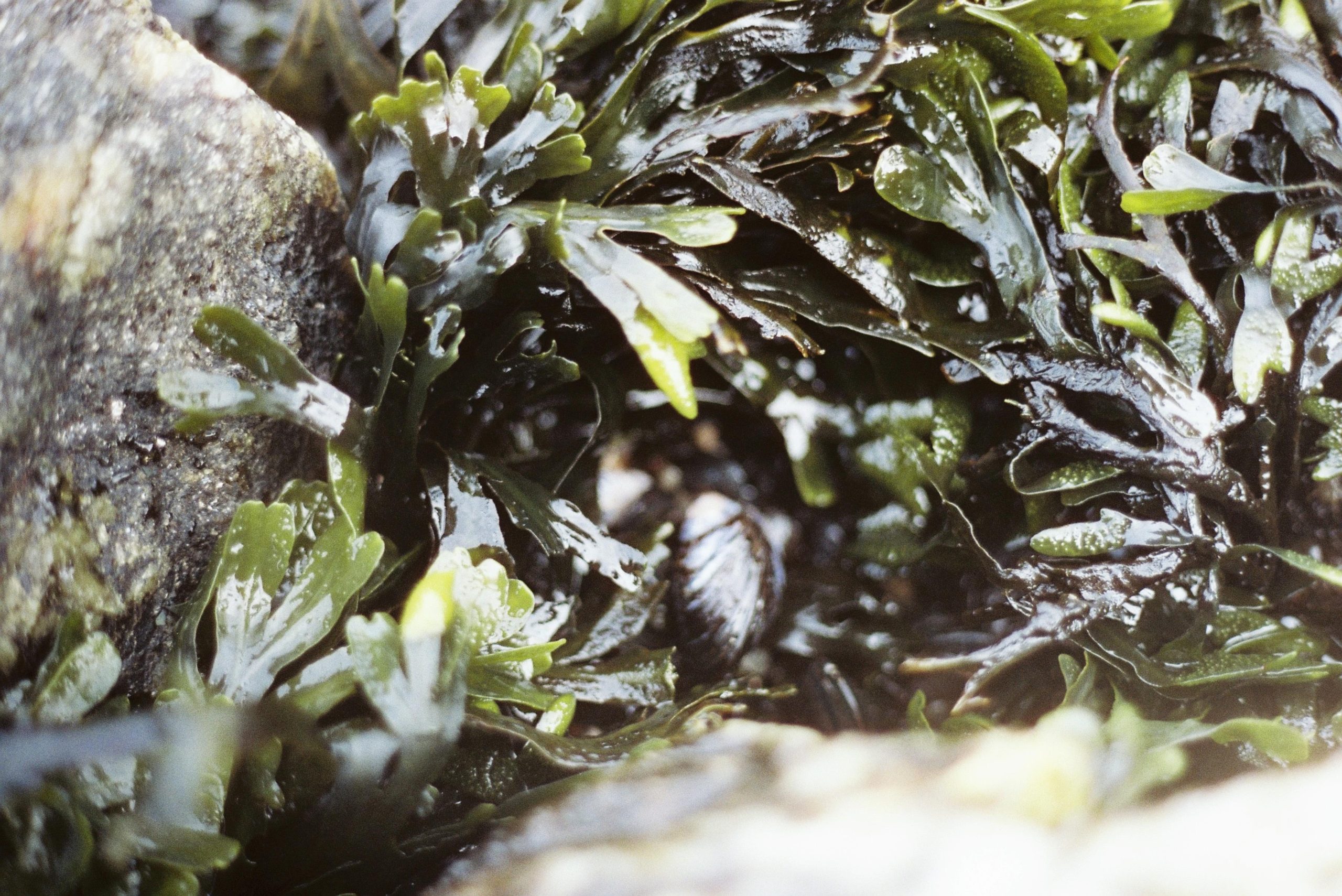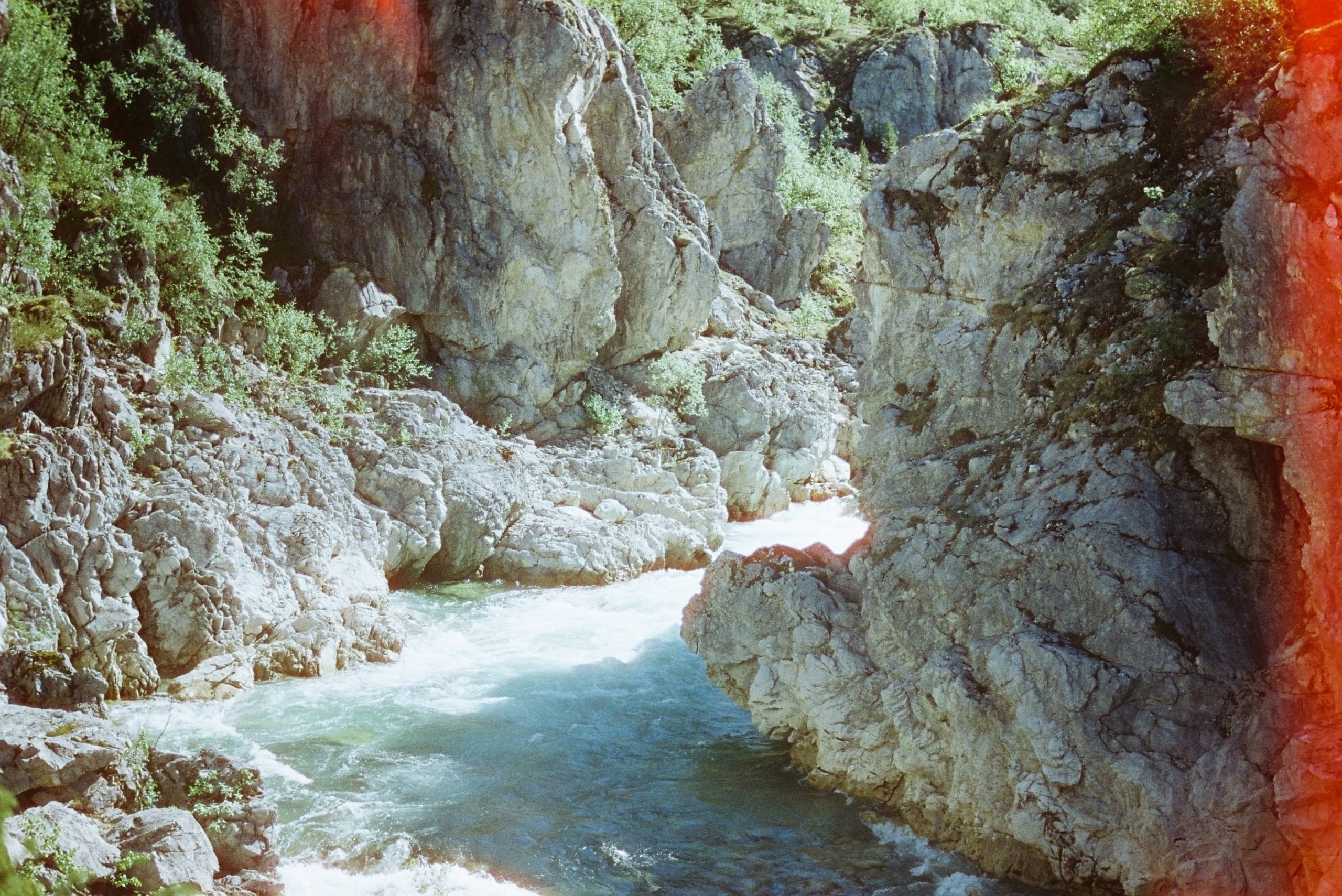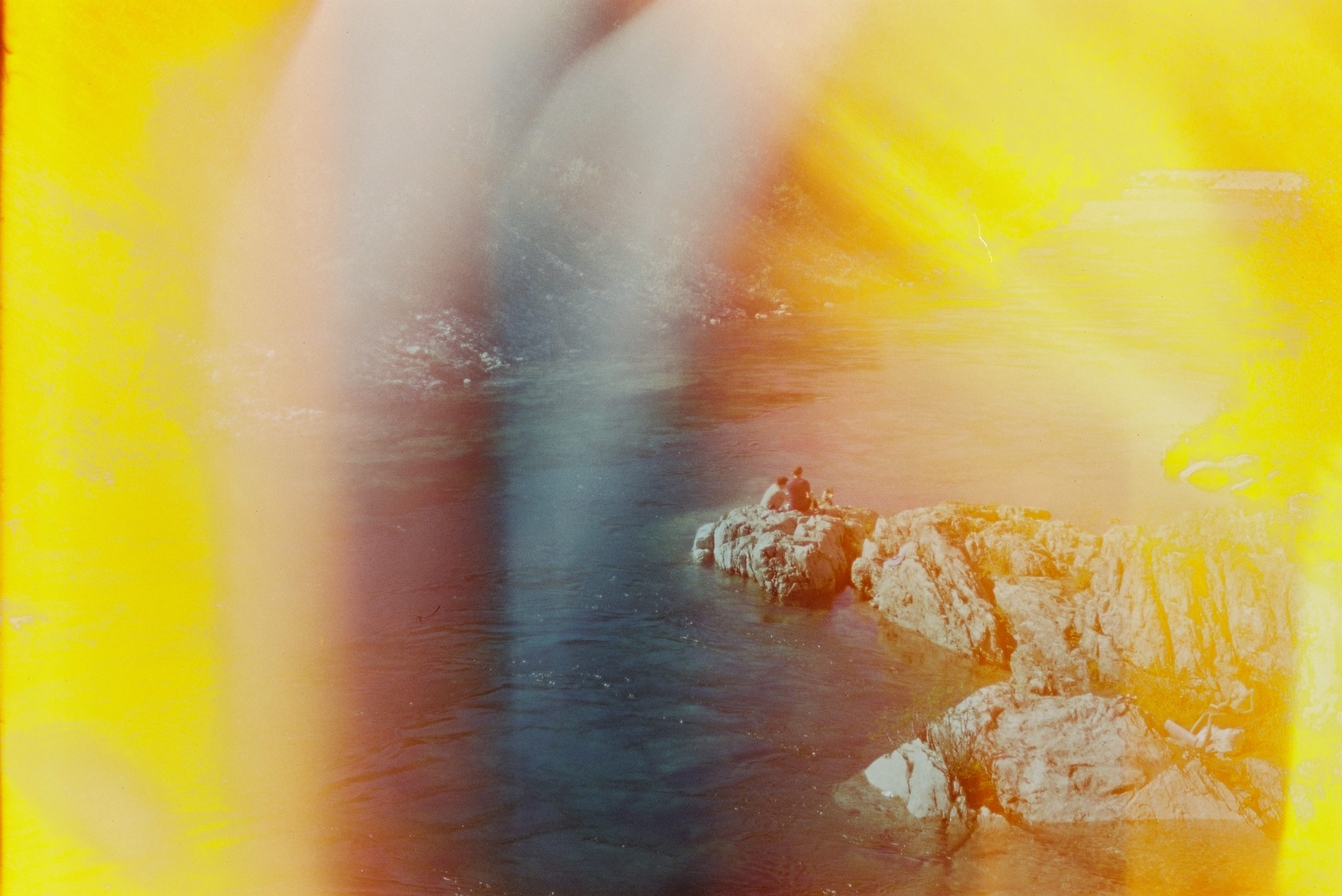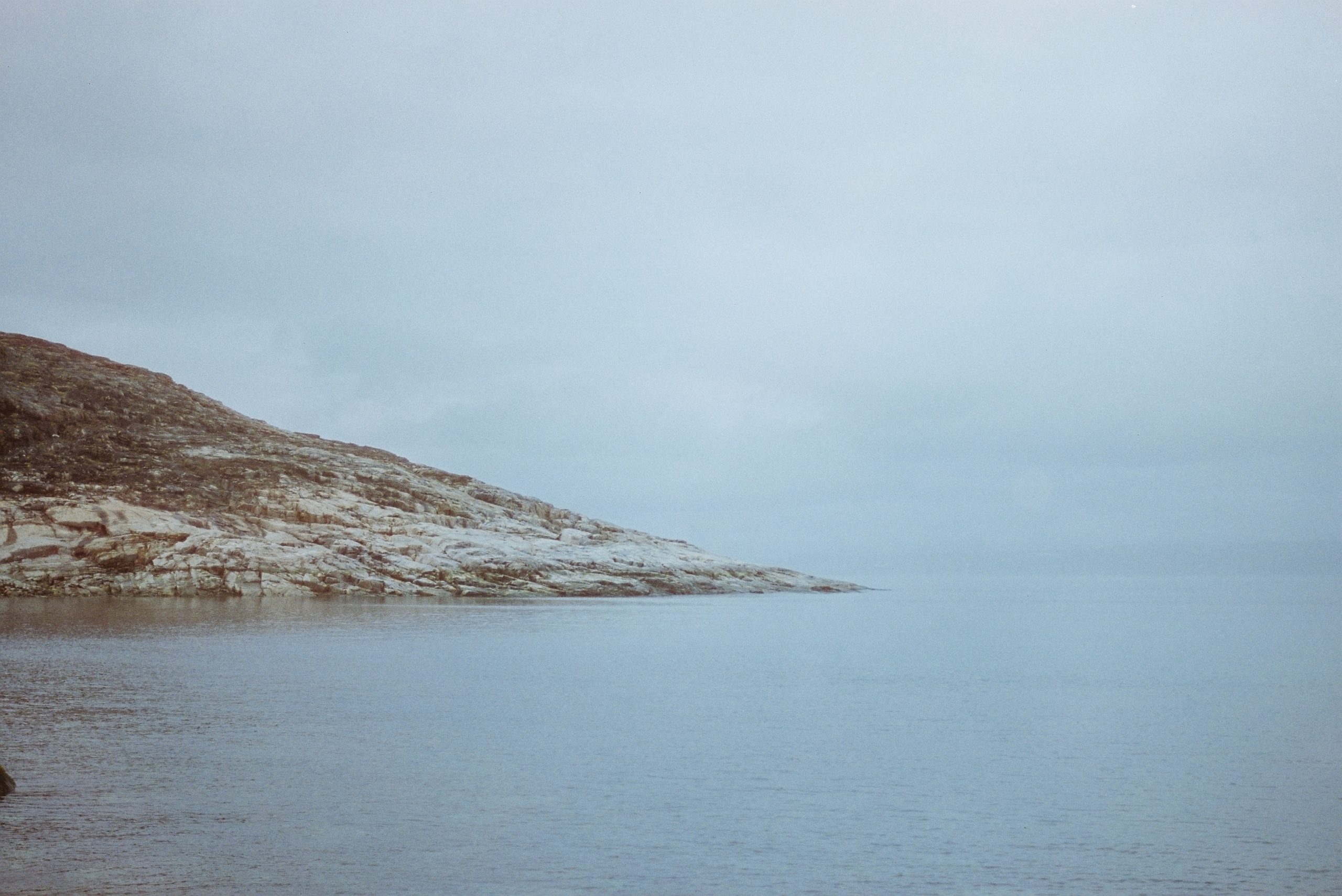ᐅᓖᕕᐊ ᓓᔭ ᑑᒪᓯ| Olivia Lya Tuumasi
ᐅᓖᕕᐊ ᓓᔭ ᑑᒪᓯ, ᐊᒥᓱᐃᓂᒃ ᑕᑯᒥᓇᕐᑐᓕᐅᕈᑎᓕᒃ ᑲᖏᕐᓱᒥᐅᕕᓂᐅᑦᓱᓂ. ᒪᓐᑐᔨᐊᓚᒥᐅᒍᓯᒪᓕᕐᑐᖅ 8-ᓂᒃ ᐅᑭᐅᖃᕐᓱᓂ ᑖᕗᖕᖓᓚᐅᕐᑐᕕᓂᐅᑦᓱᓂ. ᓯᕗᓪᓕᐹᑦᓴᔭᓂ ᐃᓕᓴᕐᕕᒦᑦᓱᓂ ᐱᕈᕐᓯᐅᖃᑦᑕᓯᔪᕕᓂᐅᒐᓗᐊᕐᓱᓂ ᓴᐸᖓᓕᐅᖃᑦᑕᓯᔪᕕᓂᐅᒐᓗᐊᕐᓱᓂ, ᐊᓕᐊᒋᔭᖃᓯᓕᑌᓐᓇᑐᕕᓂᖅ 18-ᓂᒃ ᑭᓯᐊᓂ ᐅᑭᐅᖃᓕᕐᓱᓂ. ᐅᓖᕕᐊ ᐱᒋᐊᕐᕕᓕᐅᑎᖃᕐᓯᒪᔪᖅ ᓯᐅᑎᒻᒥᐅᑕᓕᐅᕐᓱᓂ, ᑌᒪ ᑲᔪᓯᑦᓱᓂ ᖃᐅᔨᓴᕈᑎᖃᕐᓂᒥᓂᒃ ᓄᑖᓂᒃ ᓴᓇᖕᖑᐊᕈᓐᓇᑕᒥᓂᒃ. ᓴᐸᖓᓄᑦ ᓇᓴᖕᖑᐊᓕᐅᖃᑦᑕᓯᔪᕕᓂᖅ, ᐊᒻᒪᓗ ᑖᒃᑯᓂᖓ ᐱᔪᑦᓴᐅᔮᕈᑎᖃᓯᑦᓱᓂ ᓴᓇᖕᖑᐊᓂᕐᒥᒃ ᐊᔪᐃᓐᓇᓂᕐᓴᐅᒍᑎᖃᓯᑦᓱᓂ. ᑕᒪᖏᒃ ᐊᓈᓇᑦᓯᐊᒋᒃ ᒥᕐᓱᑎᐅᖃᑦᑕᓯᒪᔫᒃ ᐊᒻᒪᓗ ᐊᑖᑕᖓ ᐅᒃᑯᐃᑕᕐᑐᓂᒃ ᐃᓕᔨᓯᒪᓕᐅᕐᑎᐅᑎᓗᒍ: “ᐊᐅᓐᓃᕙᖔᕐᑐᖅ.”
ᐅᕕᒃᑲᐅᓕᕐᓱᓂ ᐃᑉᐱᒍᓱᓪᓚᕆᖃᑦᑕᓯᔪᕕᓂᖅ ᑕᑯᓐᓇᐅᔮᕐᑎᓯᓂᕐᓂᒃ. ᑕᒐ ᑕᕐᕋᓕᔮᕋᑦᓴᓂᒃ ᐊᓕᐊᒋᔭᖃᒻᒪᕆᓕᕋᒥ, ᐅᓖᕕᐊ ᑐᑭᑖᕐᑐᕕᓂᖅ ᐱᒋᐊᕐᑎᓯᓚᖓᒋᐊᒥᒃ ᐱᓇᓱᒐᕐᓂᒃ ᐃᓕᖓᑎᓗᒋᑦ Wapikoni-ᒧᑦ. ᓯᕗᓪᓕᐹᒍᓯᒪᔪᑦ ᐱᓇᓱᐊᕐᑕᖏᑦ ᓀᑦᑐᐃᑦ ᑕᑯᓐᓇᕋᑦᓭᑦ ᐊᑎᖃᕐᓱᑎᒃ: ᐃᓗᒡᒍᓯᕐᓃᕙᖓ ᐊᑐᕐᐳᖓ. ᒪᕐᕈᐃᒃ ᓀᓈᕐᑎᑑᒃ ᑕᑯᓐᓇᕋᑦᓵᒃ ᐃᓕᕕᒋᓕᕐᓂᒥᔭᒋᒃ: ᐅᖃᐅᓯᖅ XX-ᒍᒍᑎᖏᓐᓂ ᐊᕐᕌᒍᐃᑦ ᐊᒻᒪᓗ ᐊᓯᐅᒪᑐᐃᓐᓇᖏᑦᑐᑦ ᐊᒻᒪᓗ ᐃᓄᐊᕐᑕᐅᓯᒪᔪᑦ ᓄᓇᖃᕐᖄᑐᕕᓃᑦ ᐊᕐᓀᑦ ᑖᑦᓱᒧᖓ ᑭᖑᓪᓕᐹᒧᑦ, ᐊᕐᓇᐅᑎᓕᐅᕐᑐᕕᓂᖅ (ᐊᕐᓇᓯᐅᑎᒃ ᐅᓕᑲᑦᑕᖅ) ᐊᑐᕐᓱᓂ ᐊᐅᐸᕐᑐᓂᒃ ᓴᐸᖓᓂᒃ ᑕᑯᑦᓴᐅᑎᑕᐅᔪᑦ ᑭᖑᓪᓕᐹᒥᓂᑕᕐᓂ ᐃᓄᐃᑦ ᑕᑯᒥᓇᕐᑐᓕᐊᖏᑦ ᑕᕐᕿᑦ ᐱᖓᓱᑕᒫᕐᓯᐅᑎᓂ.
ᓇᒻᒥᓂᖅ, ᐅᕕᒃᑲᖅ ᑕᑯᒥᓇᕐᑐᓕᐅᕐᑎ ᐊᓕᐊᒋᔭᖃᕐᓂᓴᖅ ᐱᖁᓯᐅᕆᐊᒥᒃ ᓴᐸᖓᓕᐅᕆᐊᒥᒃ ᑕᕐᕋᓕᔮᕋᑦᓴᓕᐅᕐᓂᓂᒥᑦ, ᐊᕐᓱᕈᓐᓂᑕᖃᖕᖏᒪᑦ ᐊᒻᒪᓗ ᐃᓱᒪᒥᑦᓱᓂ ᐱᓇᓱᐊᓲᕆᑦᓱᓂᒋᑦ ᐱᕕᑦᓴᕆᒍᒪᔭᒥᓃᒍᑎᒋᑦᓱᒋᑦ. ᐃᒣᓕᓚᐅᕐᑐᖅ: “ᑎᒍᐃᓐᓇᐅᓂᕐᓴᐅᓱᑎᓗ ᐱᓇᓱᐊᓚᖓᓗᒋᑦ, ᓄᓪᓚᖓᓐᓇᓱᑎᓗ.” ᐱᑦᔪᑎᒋᓯᒪᔭᖏᑦ ᑕᑯᓐᓇᐅᔮᕐᕕᒨᕈᑎᒋᑦᓱᒋᑦ ᐅᖃᐅᓯᕆᔭᐅᔪᓂᒃ ᑕᑯᔭᑦᓴᖑᕐᑎᓯᒍᓐᓇᑲᒥ, ᐊᒻᒪᓗ ᐊᒥᓲᓗᐊᕋᑎᒃ ᐃᓄᓐᓄᑦ ᓄᐃᑕᐅᓯᒪᔪᑦ. ᑐᑭᓯᑎᑦᓯᔪᖅ: “ᑕᕐᕋᓕᔮᕈᑎᓕᐊᑦ ᐅᕙᑦᑎᓄᐊᖓᔪᑦ ᐱᓂᕐᓗᓂᓕᑦᑖᓗᑎᒃ ᐊᕐᓱᕈᕐᓂᑐᐃᓐᓇᐅᖏᑦᑐᓂᒃ ᑭᓯᐊᓂᐅᑦᔭᖏᓪᓚᑦ. ᑕᕐᕋᓕᔮᕈᑎᑦᓴᓂᒃ ᓄᐃᑦᓯᒍᓐᓇᕕᖃᑦᓯᐊᑐᒍᑦ ᐊᓕᐊᓇᕐᓂᓴᓂᒃ, ᐊᓕᐊᓀᑦᑐᓂᒃ, ᐅᕝᕙᓘᓐᓃᑦ ᐅᕙᑦᑎᓂᒃ ᓄᓪᓚᓕᐅᒥᑎᑦᓯᒍᓐᓇᑐᓂᒃ.”
ᐅᓖᕕᐊ ᑕᑯᒥᓇᕐᑐᓕᐅᕐᑎ ᐃᓄᑑᕙᓪᓗᓱᓂ ᐱᓇᓱᐊᓲᖅ. “ᑭᓇᑐᐃᓐᓇᒧᑦ ᑎᓕᔭᐅᒍᒪ, ᐱᓇᓱᐊᕐᑕᓃᕙᖓ ᑲᔪᓯᖁᔭᐅᓗᖓ ᖃᑦᑕᕈᒪᖕᖏᓇᒪ.” ᐱᖁᓯᐅᓕᕋᒥ ᓴᐸᖓᓕᐅᓕᕋᒥ, ᐊᓯᖔᖏᓐᓂᒃ ᐃᓂᕐᓯᒍᓐᓇᓲᖅ ᐊᒻᒪᓗ ᐅᐊᕈᑎᒌᑦᑎᓯᖃᑦᑕᓱᓂ ᓱᓇᐅᓂᖏᓐᓂᒃ, ᑌᒣᒃᑲᒥ ᑕᑯᒥᓇᕐᑐᓕᐅᕐᑎᐅᒍᑎᓕᒃ ᐃᒻᒥᓂᒃ ᐃᓕᑦᓯᓯᒪᔭᒥᓂᒃ. ᐅᓖᕕᐊ ᐃᓕᓐᓂᐊᓯᒪᒻᒥᔪᖅ ᐊᑐᕐᑕᐅᓲᓂᒃ ᖁᖏᓯᕐᒥᐅᑕᓂᒃ ᕿᑎᕐᓯᒥᐅᑕᓂᒃ ᓯᐅᒻᒥᐅᑕᓂᒃ ᑕᑯᒥᓇᕐᑐᓕᐅᕐᓂᓂᒃ, ᓇᒻᒥᓂᖅ ᐊᑕᕕᓕᐅᕈᓐᓇᓯᒍᒪᑦᓱᓂ. ᓯᕗᓪᓕᒥ ᐊᓕᐊᒋᔭᖃᓚᖓᖕᖏᒋᐊᒥᒃ ᐃᓱᒫᓘᑎᖃᕐᓯᒪᔪᖅ ᑭᓯᐊᓂ ᑭᖑᓂᖓᒍᑦ ᐊᓕᐊᒋᓯᒻᒪᕆᑦᓱᒋᑦ. “ᐊᓕᐊᒋᔭᖃᓪᓚᕆᑦᑐᖓ ᐃᓕᑦᓯᕙᓪᓕᐊᒋᐊᖅ, ᐆᑦᑐᕋᕆᐊᖅ. ᑕᒐ ᓱᖏᐅᓐᓂᖃᕐᓂᓴᐅᓕᕐᑐᖓ, ᑌᒣᓕᕋᒪᓗ ᐊᒥᓱᐃᑦ ᐃᓱᒪᒋᓯᒪᔭᒃᑲ ᐃᓂᕈᓐᓇᓯᖃᑦᑕᓛᓕᕐᑕᑲ.”
ᐱᓇᓱᐊᕐᓯᒪᔭᖏᑦ ᑕᑯᑦᓴᐅᑎᑕᐅᓯᒪᒻᒥᔪᑦ ᓄᐃᑕᑎᑦᓯᓂᖓᓂ BACAS, Biennale d’art contemporain autochtone ᐊᒻᒪᓗ ᓄᐃᑕᐅᓯᒪᑦᓱᑎᒃ ᕿᒥᕐᕈᐊᕋᕐᓂ ᐃᓄᐃᑦ ᑕᑯᒥᓇᕐᑐᓕᐊᖏᑦ ᑕᕐᕿᑦ ᐱᖓᓱᑕᒫᕐᑕᑐᑦ, ᑖᒃᑯᓇᓂᓗ ᐊᓪᓚᒍᑦᔨᓯᒪᑦᓱᓂ ᐱᑦᔪᑎᖃᕐᓱᓂ ᐊᓯᒥᓂᒃ ᑕᑯᒥᓇᕐᑎᓕᐅᕐᑎᒥᒃ. ᑕᑯᓐᓇᐅᔮᕐᑎᓯᐅᑎᒦᑦᓯᒪᒻᒥᔪᖅ ᐋᓛᐱᒃ ᐊᒻᒪᓗ ᑕᓚᕖᓴᒃᑯᑦ ᓄᐃᑕᓯᒪᑦᓱᓂ ᐅᑯᓇᓂ Épidémie at TVA. ᓂᕆᐅᓐᓇᖏᑦᑐᒥᓪᓗ ᐃᓕᓐᓂᐊᕕᒻᒦᒍᓐᓇᐅᑎᓂᒃ ᐁᑦᑐᑕᐅᔪᕕᓂᐅᑦᓱᓂ CALQ-ᒧᑦ, ᐱᔭᕇᕐᓂᖃᕋᑖᕐᒥᓱᓂ ᓄᓇᒥᑕ ᐊᓯᐊᓂ ᑕᑯᒥᓇᕐᑐᓕᐅᕆᐊᕐᑐᓯᒪᓂᕐᒥᓂ ᓵᑉᒥ-ᓄᓇᕕᒃ ᑲᔪᓯᑎᑕᖓᓂ Karasjok-ᒧᑦ Norway-ᒦᑦᑐᒧᑦ ᐊᒻᒪᓗ ᐃᕗᔨᕕᒻᒧᑦ ᓄᓇᕕᒻᒦᑐᒧᑦ ᐁᑉᐸᖃᕐᓱᓂ ᑕᑯᒥᓇᕐᑐᓕᐅᕐᑎᒥᒃ ᓓᓚ ᓚᐸᒥᒃ. ᑲᒪᔨᒻᒪᕆᒋᔭᐅᓕᕐᑐᖅ ᑕᑯᓐᓇᕋᑦᓴᓕᐅᕐᓂᒧᑦ ᐊᒃᑲᐅᑎᒃ ᐱᖁᑎᖓᓄᑦ ᐋᕐᓰᖅ ᑕᑯᓐᓇᐅᔮᕐᑎᓯᕕᐅᑉ ᐊᕐᕌᒍᑉᐸᑦ ᑕᑯᑦᓴᐅᓛᕐᑐᓂᒃ.
“ᐱᒐᓱᐊᒻᒪᕆᐅᑎᓗᐊᖕᖑᐊᕋ ᐱᕕᑦᓴᓂᒃ ᐊᒥᒐᕐᓯᓂᖅ.”
Olivia Lya Tuumasi, est une artiste multidisciplinaire originaire de Kangirsuk. Elle vit à Montréal depuis l’âge de 8 ans. Même si elle a débuté le perlage au primaire, c’est vraiment à l’âge de 18 ans qu’elle a développé l’intérêt. Elle a d’abord commencé avec des boucles d’oreilles, puis a exploré des nouvelles techniques. C’est un petit nassak en perle qu’elle a créée qui l’a encouragé à aller plus loin. Ses grand-mères faisaient de la couture et son père est ébéniste : « C’est dans mon sang. »
C’est durant son adolescence qu’elle devient intriguée par le cinéma. Devenue cinéphile, Olivia décide d’entreprendre des projets avec Wapikoni mobile. Son premier projet est un court métrage intitulé Wearing my culture. Deux autres films ont suivi : Language in the XXI century and Not just missing and murdered Indigeous women . Pour ce dernier, elle a fait un petit amauti (manteau pour femme) en perle rouge qu’on peut voir dans le dernier numéro d’Inuit Art Quaterly.
La jeune artiste préfère le perlage au tournage et montage; il y a moins de pression et c’est une activité solitaire qu’elle peut faire à temps perdu. Elle confesse que : « C’est plus accessible, tranquille et pour soi-même. » Les raisons qui l’avait amené à faire des films était de pouvoir raconter, selon elle pas assez de film sont réalisés par des Inuit. Elle explique : « Les films sur nous ne sont pas obligés d’être seulement sur nos tragédies. On a le droit de faire des films plus de divertissements, qui nous font rire, ou qui nous font sentir plus calme. »
Olivia est une artiste plutôt solitaire. « Quand quelqu’un me dit quoi faire, je ne veux plus continuer le projet. » Pour faire ses œuvres de perlage, souvent elle improvise et mélange les techniques, ce qui fait d’elle une autodidacte. Elle a aussi fait des cours de joaillerie afin d’intégrer des techniques d’orfèvre à son travail. Elle n’était pas certaine si elle allait aimer, mais elle a fini par adoré ses cours. « J’aime beaucoup apprendre, essayer des choses. J’ai maintenant plus d’expérience, ce qui va me permettre de faire plusieurs des idées que j’ai en tête. »
Ses œuvres ont été présentées entre autre lors d’une édition de BACA, La Biennale d’art contemporain autochtone et publié dans le magazine Inuit Art Quaterly où elle a aussi écrit sur une autre artiste. Elle a effectué un passage au théâtre dans la pièce Aalaapi et la série Épidémie à TVA. Récipiendaire d’une bourse Impulsion du CALQ, elle vient tout juste aussi de compléter un échange de résidences d’artistes Sàpmi-Nunavik où elle a pu voyager à Karasjok en Norvège et Ivujivik au Nunavik avec l’artiste Laila Labba. Elle est aussi metteuse en scène de la pièce de théâtre Akkautik du Théâtre Aaqsiq qui verra le jour l’année prochaine.
« Mon plus grand défi c’est le temps ! »
Olivia Lya Tuumasi, is a multidisciplinairy artist whom is originally from Kangirsuk. She now lives in Montreal since the age of 8. Even though she started to bead in primary school, she developed the interested when she was around 18 years old. Olivia started with earrings, then continued to explore new technics. She did a miniature nassak in beading, and that encouraged her to go further into her creations. Both her grandmothers did sewing and her father was cabinetmaker: “It’s in my blood.”
It’s also in her teenage years that she becomes intrigued by theatres. Now movie buff, Olivia decided to undertake projects with Wapikoni. Her first project is a shortfilm called: Wearing my culture. Two other short film followed : Language in the XX century and Not just missing and murdered Indigeous women For this last one, she did an arnautik (Women’s coat) in red beading that we can see in the last number of Inuit Art Quaterly.
Personally the young artist likes doing beading over making movies, since there’s no pressure and it is a solitary activity she can do on her own time. She confesses that: “It’s a more accessible activity, more calm for yourself.” Her reasons that brought her to go into theatre was to be able to narrate, and that there’s not many movies made by Inuit themselves. She explains: “Movies on us are not obligated to be only on our tragedies. We are allowed to make movies more entertaining, that makes us laugh, or that makes us feel more calm.”
Olivia is an artist that is more solitary. “When someone tells me to do something, I don’t want to continue the project.” To make her beading projects, she usually improvises and mix technics, which makes her self-teached artist. Olivia also did jewlery classes, to be able to make her own metal support. At first she was scared not to like it, but in the end she loved it. “I really love learning, try things. I have more experience now, which is going to allow me to make the many ides I have.”
Her work has been showcased also in an edition of BACAS, Biennale d’art contemporain autochtone and published in the magazine Inuit Art Quaterly, where she also wrote on another artist. She was in the play called Alaapi and was on television in the series Épidémie at TVA. As an Impluse bursary recipient of the CALQ, she also just compleded a residential artist Sàpmi-Nunavik where she was able to travel at Karasjok in Norway and Ivujivik in Nunavik with the artiste Laila Labba. She is now Director of the play Akkautik of Aaqsiq Theater that is coming out next year.
“My biggest challenge is time.”
ᖃᐅᔨᒋᐊᑦᓯᐊᕈᒪᒍᕕᑦ ᓴᓇᖕᖑᐊᑎᐅᑉ ᒥᑦᓵᓄᑦ / Découvrir plus sur l’artiste / Know more about the artist:
Facebook
Instagram
Aaqsiiq
BACA
IAQ
ᐊᓪᓚᑐᖅ | Texte de | Text by: Jessie Fortier-Ningiuruvik
